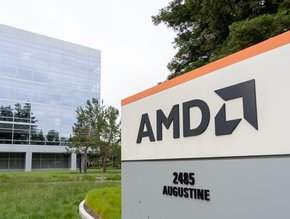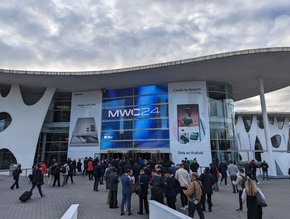Huawei's David Wang calls industry to stride towards 5.5G

The keynote speech of Huawei’s Mobile Broadband Forum’s second day was delivered by Huawei’s Executive Director of the Board and Chairman of ICT Infrastructure Managing Board, David Wang.
The focus of the speech - entitled Stride to 5.5G: The foundation of the future - was the progress that the industry has made so far, and the upcoming leap to 5.5G.
5.5G - what needs to be done before we can reach this milestone?
Wang emphasised how, after two years of concerted efforts across the industry, 5.5G has seen huge progress.
In his keynote, he said that three key trends are now in motion:
First, the standardisation of 5.5G has been initiated and is on the right track, making it more than just a vision.
Second, the industry has made breakthroughs in key technologies for 5.5G, and ultra-large bandwidth and ELAA can now deliver 10 Gbit/s experience.
Third, the industry has a clear vision for the IoT landscape. Three types of 5.5G-enabled IoT technologies supported by 5.5G, namely NB-IoT, RedCap, and passive IoT, are developing rapidly and will support numerous IoT connections.
"The communications industry is constantly evolving. 5.5G has been kicked into high gear. Looking ahead, our task is to tackle these five new areas – standards, spectrum, products, ecosystems, and applications. Together, let's stride to 5.5G and build a better, intelligent world," Wang explained.
Huawei’s take on 5.5G, and the next steps we need to take
In the keynote, Wang stressed that we need to set standards and promote key technological research.
He recommended that the industry works to ensure that Release 18 is frozen by Q1 2024, as planned, and will help 5.5G networks deliver 10 times better performance.
Then, regarding Release 19 and beyond, he recommended that the industry works together to explore what capabilities 5.5G will require, and how 5.5G standards should be refined.
Wang also specified that we need to prepare more spectrum for ultra-large bandwidth. Specifically, there is a need to fully utilise sub-100 GHz resources to build ultra-large bandwidth.
Other key points that were discussed in the keynote were preparing for 5.5G with mature networks, devices, and chips, establishing a thriving 5.5G ecosystem, and continuing to create groundbreaking applications, which will make our vision of the intelligent world a reality.






